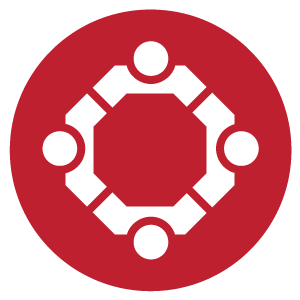A new study published by the AHA shows the use of AI and communication tools decreases treatment times between 43% and 53% for door-to-CT, door-to-needle, and door-to-puncture times
A group of clinicians in Washington State implemented both Pulsara and Viz.ai, tracking treatment times for door-to-CT, door-to-needle, door-to-puncture, and length of stay. They recently published their findings in the American Heart Association's Stroke Journal, Volume 56.
The teams conducted a single-center, retrospective analysis comparing acute ischemic stroke and TIA patients across three periods: pre-Pulsara (January 1, 2013–July 31, 2018), post-Pulsara and pre-Viz (August 1, 2018–April 30, 2022), and post-Viz (May 1, 2022–December 31, 2023). The metrics show that after implementing both solutions, door-to-CT time decreased by approximately 43%, door-to-needle time dropped by 49.5%, and door-to-puncture decreased by 53%.
The abstract states:
"Significant reductions in treatment times were observed across the three periods. Median door-to-needle time decreased significantly from 59.05 minutes pre-Pulsara to 29.78 minutes post-Viz (p < 0.001). Median door-to-CT time improved from 16.75 minutes pre-Pulsara to 9.54 minutes post-Viz (p < 0.01). Median door-to-puncture time showed substantial reduction from 131.42 minutes pre-Pulsara to 61.69 minutes post-Viz (p < 0.01). However, no significant differences were observed in LOS between the groups."
Pulsara's integration with Viz.ai allows stroke teams to receive notifications in Pulsara when new results are ready from Viz.ai. From there, they can click on the direct deep links to navigate to the Viz.ai app for further review and analysis. This streamlined process helps save time during the critical minutes leading up to treatment.

The study's authors directly attributed the decrease in treatment times to the combined use of Pulsara and Viz.ai. They concluded: "The integration of Pulsara and Viz.ai into stroke care significantly reduced critical treatment times, particularly in door-to-needle and door-to-puncture metrics, underscoring the effectiveness of these technologies in enhancing the speed and coordination of acute stroke management."
Read the full abstract in the AHA / ASA Journals

For more published research and case studies on how Virginia Mason and other hospitals have seen decreases in treatment times for STEMI, stroke, and trauma, check out Pulsara's Resources page.
 Team Pulsara
Team Pulsara


![[PRESS RELEASE] Published Research Finds Up to 31% Faster STEMI Treatment Times in Rural Hospital Setting with Pulsara](https://www.pulsara.com/hubfs/_1_website-page-blog-assets/pulsara-hosp-teams-assign-cardio-stemi-rn-1200x701.jpg)

